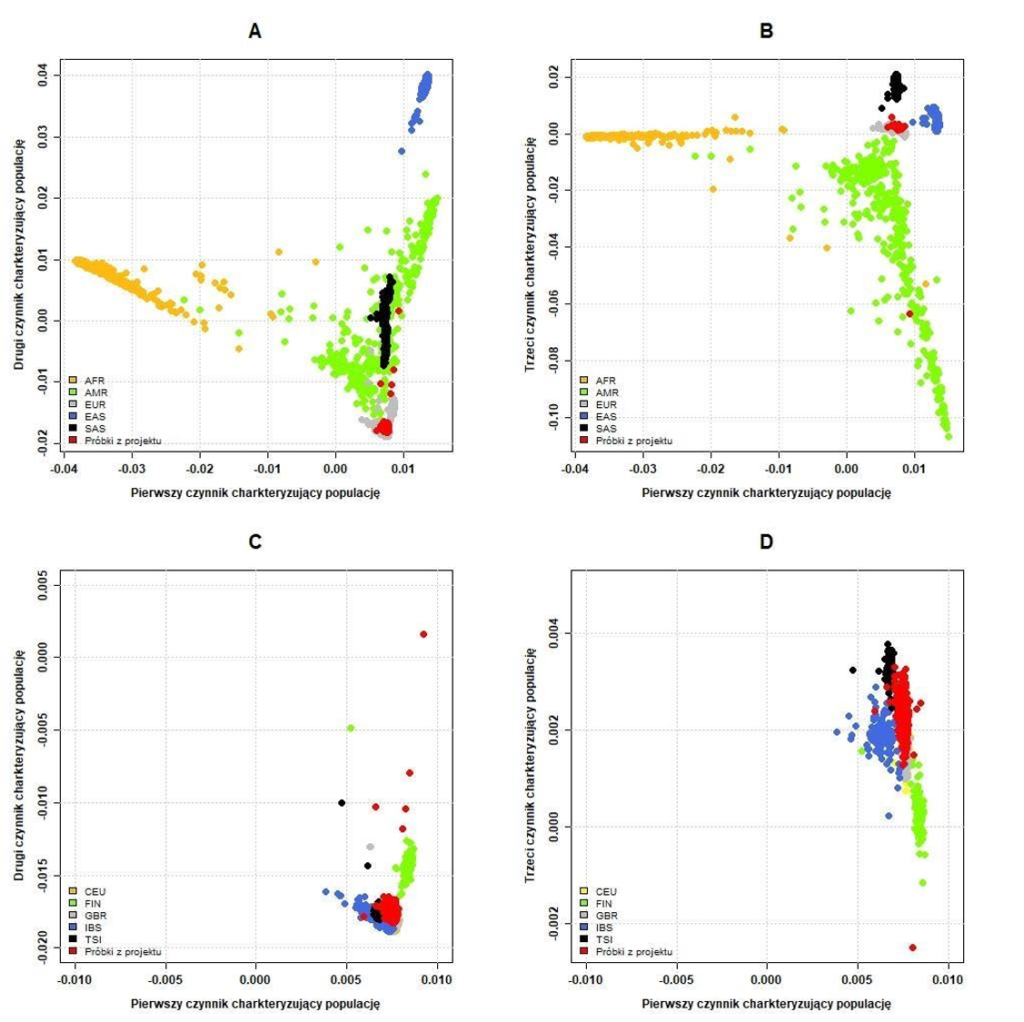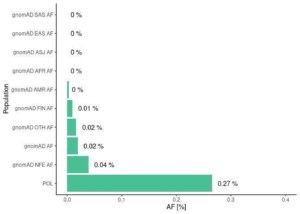A new project has created the first open database of genetic variants of Poles. The scientists involved say it will help with medical advances by identifying key differences in the population.
The database has also confirmed genetic features in the Polish population that mean people are more likely to be blond and to have freckles, but also to go bald. They are also more susceptible to certain medical conditions, but are no more capable of consuming alcohol than other Europeans.
The Thousand PolishGenomes Project database, compiled by Poznań-based research company MNM Diagnostics together with the Central Clinical Hospital of the Ministry of Interior and Administration in Warsaw, collected genomes from more than a thousand volunteers.
The “unique scientific project has made it possible to create a database of genetic variants of Polish men and women,” Dr Paula Dobosz, head of scientific development at MNM Diagnostics, told Onet.
“Researchers and clinicians from around the world will be able to use the collected data,” she added. “The variant database will fill a gap that has previously existed in genetic information on the Polish population.”
It is these variants that could be the most significant for medical genetics and development of personalised medicine, Dobosz explained. As populations differ in the frequency of pathogenic alleles, meaning the variants of a given gene that cause illnesses, scientists, clinicians and diagnosticians can use such data as a reference.
Although it will take years of research to fully analyse the genetic variant, the preliminary findings make some interesting conclusions – although Dobosz notes that there are few surprises so far. The structure of the Polish population mostly overlaps with the overall European one.

Comparison between the Polish genetic samples (red) with those of the European (grey) and other populations from the 1000 Genomes Project (source: scientific report on project results, Naszegenomy.pl)
The best source of comparison is the Thousand Genomes Project, although this only covers five populations. Of these, Poles turn out to be most similar to the British subpopulations and those of European origin living in the US state of Utah.
The minor allele frequency responsible for blond hair is estimated in the Polish population at 86%, compared to 61% for the general population. However, Poles are also more likely to go bald, with a frequency of 80% for the variant causing this tendency, whereas the overall percentage is 62%.
The strongest variant resulting in a lack of freckles, meanwhile, is twice as rare among the Polish population. Poles are also less likely to be affected by Autosomal Dominant Compelling Helio-Ophthalmic Outburst (ACHOO) syndrome, or the photic sneeze effect, which means sneezing in sunlight.
A more serious medical finding confirmed by the study is that several pathogenic variants have a higher frequency in the Polish population than in others. Two such conditions more likely to be found among Poles are Nijmegen breakage syndrome and Smith–Lemli–Opitz syndrome.

Chart comparing the frequency of the NBS variant in the Polish population (bottom bar) and others from the 1000 Genomes Project (source: scientific report on project results, Naszegenomy.pl)
Contrary to some anecdotal reports, meanwhile, Poles are not any more genetically predisposed to consuming large amounts of alcohol than other Europeans. However, analysis of genetic variants affecting alcohol metabolism showed that they can tolerate more than Asians.
The idea for the project came about early on in the COVID-19 pandemic when it was suggested that Polish patients seemed to be less likely to die from the illness than Italians or Chinese.
“This clinical background led us to search for the reasons. In discussions with clinicians and scientists at the hospital we concluded that one of the main reasons should be sought in our genetic material,” said Dr Zbigniew Król, Warsaw Central Clinical Hospital’s deputy director in charge of research.
The resultant project collected more than a thousand samples from patients suffering from COVID-19 to various degrees, aged up to 99. An additional 200 people with heart and lung conditions have also been added to the database.
Main image credit: Naszegenomy.pl

Ben Koschalka is a translator, lecturer, and senior editor at Notes from Poland. Originally from Britain, he has lived in Kraków since 2005.




















